Guillem Reus-Muns
Going Beyond RF: How AI-enabled Multimodal Beamforming will Shape the NextG Standard
Mar 30, 2022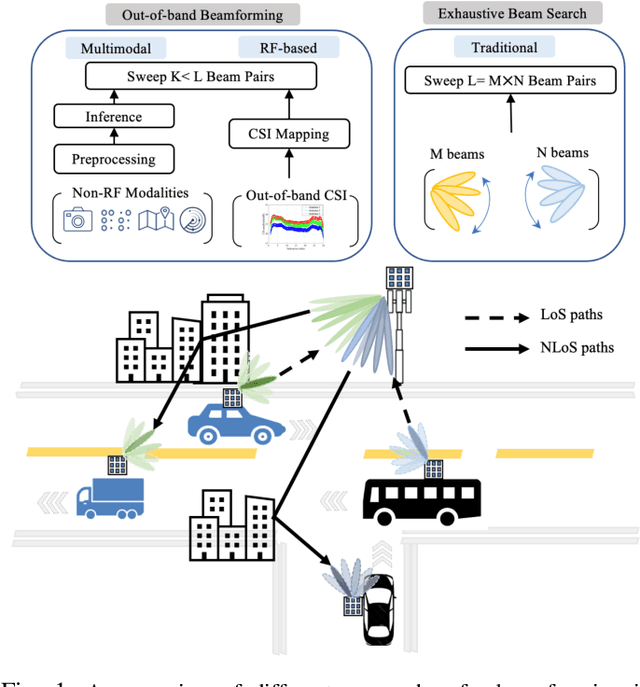
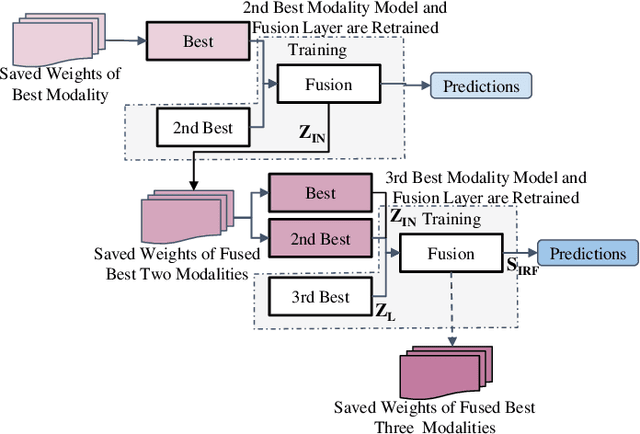


Abstract:Incorporating artificial intelligence and machine learning (AI/ML) methods within the 5G wireless standard promises autonomous network behavior and ultra-low-latency reconfiguration. However, the effort so far has purely focused on learning from radio frequency (RF) signals. Future standards and next-generation (nextG) networks beyond 5G will have two significant evolutions over the state-of-the-art 5G implementations: (i) massive number of antenna elements, scaling up to hundreds-to-thousands in number, and (ii) inclusion of AI/ML in the critical path of the network reconfiguration process that can access sensor feeds from a variety of RF and non-RF sources. While the former allows unprecedented flexibility in 'beamforming', where signals combine constructively at a target receiver, the latter enables the network with enhanced situation awareness not captured by a single and isolated data modality. This survey presents a thorough analysis of the different approaches used for beamforming today, focusing on mmWave bands, and then proceeds to make a compelling case for considering non-RF sensor data from multiple modalities, such as LiDAR, Radar, GPS for increasing beamforming directional accuracy and reducing processing time. This so called idea of multimodal beamforming will require deep learning based fusion techniques, which will serve to augment the current RF-only and classical signal processing methods that do not scale well for massive antenna arrays. The survey describes relevant deep learning architectures for multimodal beamforming, identifies computational challenges and the role of edge computing in this process, dataset generation tools, and finally, lists open challenges that the community should tackle to realize this transformative vision of the future of beamforming.
Deep Learning on Multimodal Sensor Data at the Wireless Edge for Vehicular Network
Jan 12, 2022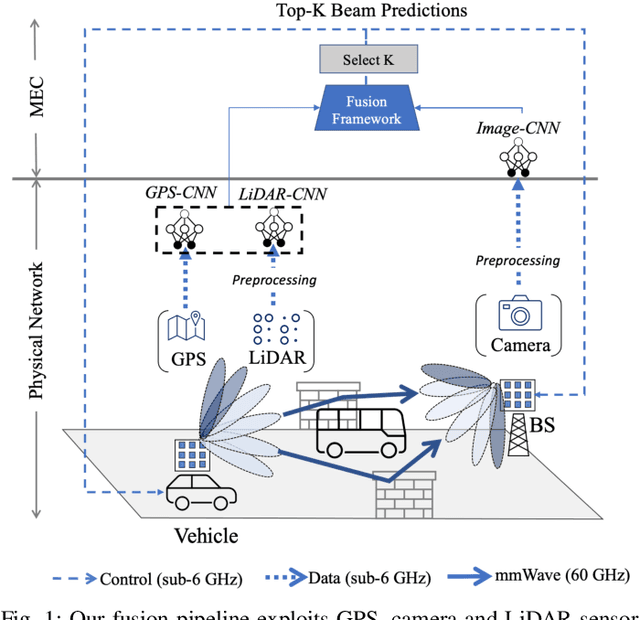

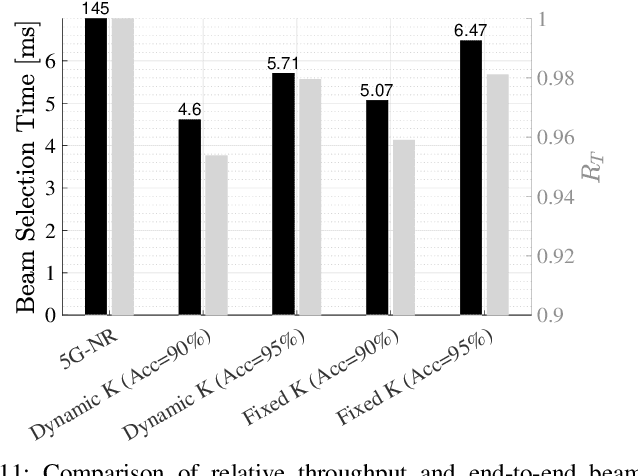
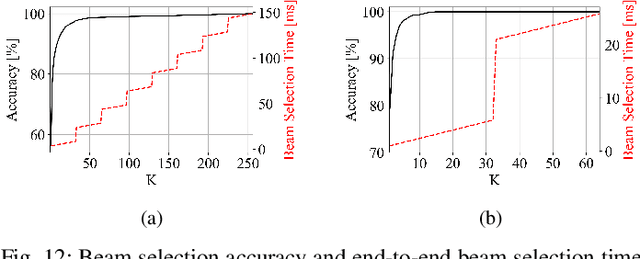
Abstract:Beam selection for millimeter-wave links in a vehicular scenario is a challenging problem, as an exhaustive search among all candidate beam pairs cannot be assuredly completed within short contact times. We solve this problem via a novel expediting beam selection by leveraging multimodal data collected from sensors like LiDAR, camera images, and GPS. We propose individual modality and distributed fusion-based deep learning (F-DL) architectures that can execute locally as well as at a mobile edge computing center (MEC), with a study on associated tradeoffs. We also formulate and solve an optimization problem that considers practical beam-searching, MEC processing and sensor-to-MEC data delivery latency overheads for determining the output dimensions of the above F-DL architectures. Results from extensive evaluations conducted on publicly available synthetic and home-grown real-world datasets reveal 95% and 96% improvement in beam selection speed over classical RF-only beam sweeping, respectively. F-DL also outperforms the state-of-the-art techniques by 20-22% in predicting top-10 best beam pairs.
 Add to Chrome
Add to Chrome Add to Firefox
Add to Firefox Add to Edge
Add to Edge